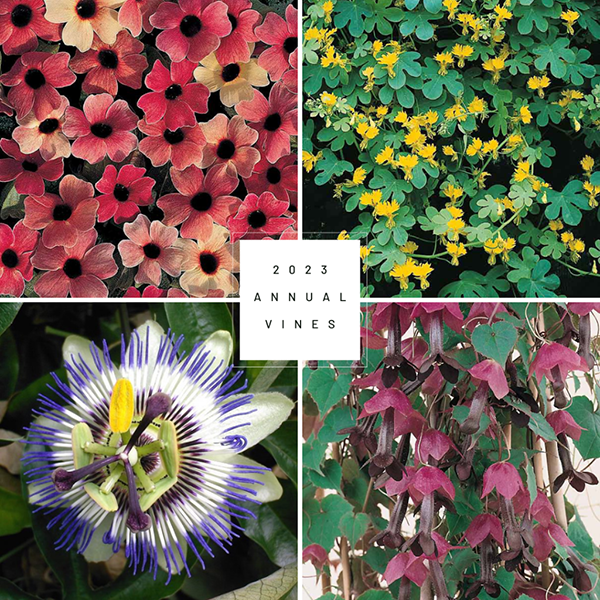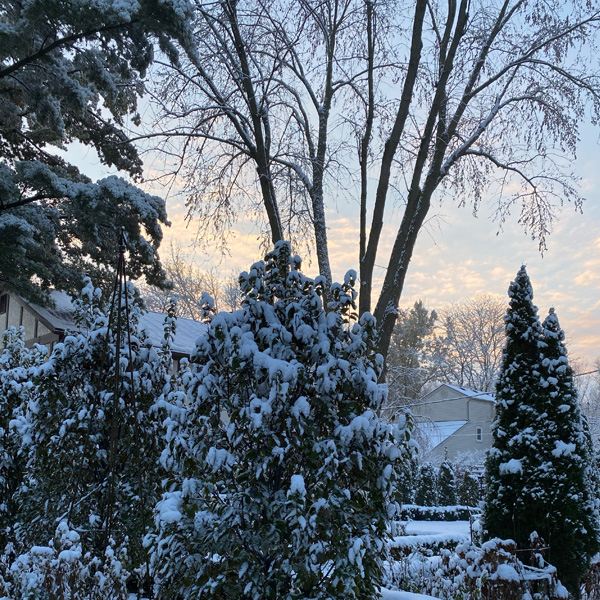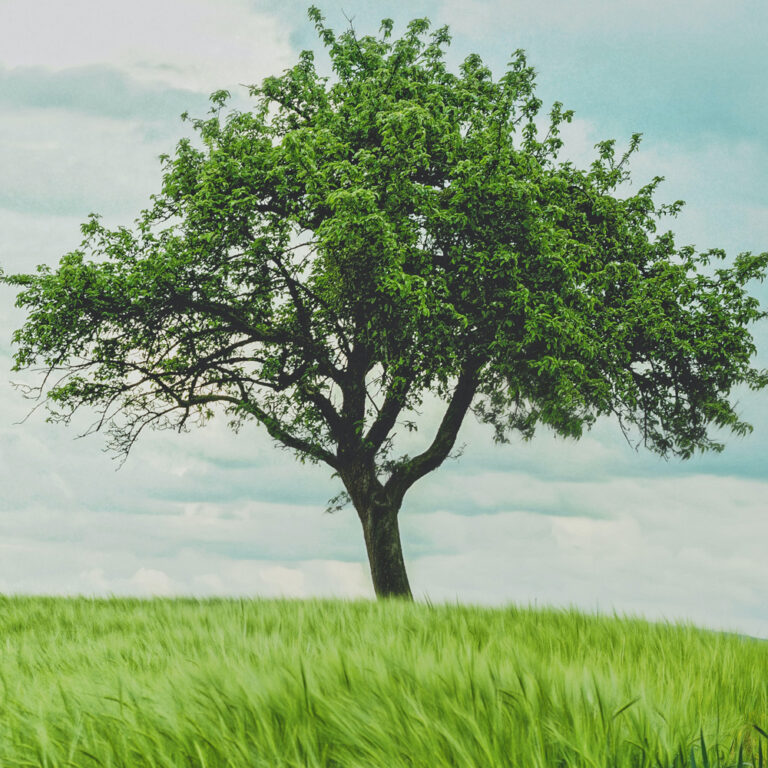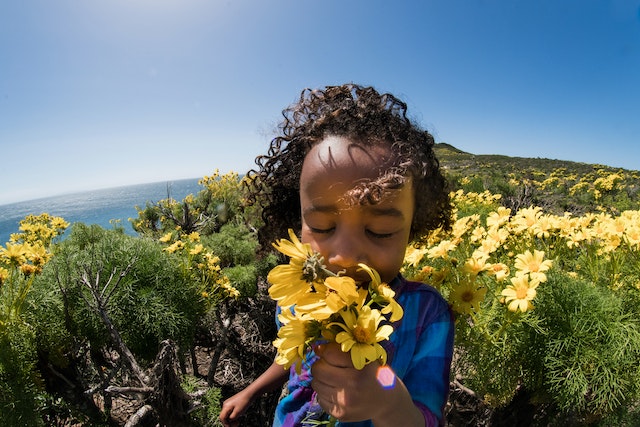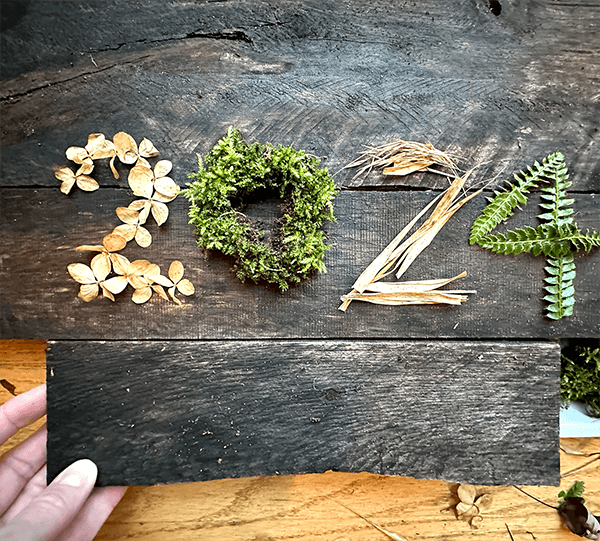July 22, 2021 Newsletter
3 Cool Things I Learned After 12 Weeks of Master Gardener Training
Hi,
I became a Master Gardener volunteer a long time ago. Longer than I care to admit. But life got hectic and my certification expired. In March, I signed up to repeat my Master Gardener Volunteer training. The training rekindled my love of gardening!
This week I am sharing 3 cool things that I learned.
Happy gardening,
Sue
1. Store Fresh Produce Like a Pro Using Plant Science
Ethylene is a gaseous plant hormone that stimulates fruit ripening. Plant propagators have been using plant hormones to manipulate fruit ripening for years. Did you know there is enough ethylene in a ripe apple to ripen bananas if they are sealed in a plastic bag?
Why should you care? Understanding what fruits and vegetables are more sensitive to ethylene exposure helps you know how to store fresh produce so it lasts longer.
Here’s some helpful produce storage tips provided by Linda Naeve from the Iowa State University Extension Program.
- Don’t store spinach, kale, or broccoli in the same refrigerator bin as apples or the ethylene in the apples will cause their leaves to yellow.
- Don’t store onions and potatoes together because the ethylene in potatoes will cause the onions to sprout sooner.
- Damaged and bruised produce can produce more ethylene and should be stored away from non-bruised produce.
- Don’t refrigerate avocados, unripe bananas, nectarines, peaches, pears, plums, potatoes, onions, winter squash or tomatoes.
You can learn more details from the link below.
2. You Can Use the “Jar Test” To Figure Out Your Soil Texture
Soil is arguably the most important part of a successful garden. It’s made up of three primary components: clay, silt, and sand. How much of each component you have in your soil defines your soil’s texture.
Everyone wants the perfect garden soil (aka loam). The first step to creating perfect garden soil is knowing what you have. That’s where the “Jar Test” comes in handy.
Click on the link below to learn how you can use a few simple household items to figure out your soil texture.
3. You’re Supposed to Remove Strawberry Blooms On First Season Plants
This seems like a cruel rule to follow, but it will ensure great strawberry crops in the future.
Strawberry plants can produce for several years if properly planted and cared for. To get a strong harvest starting the second season, you should remove the blooms off your first season plants .
For June-bearing strawberries, you remove the flowers the first season so the plants focus their energy on growing daughter plants and filling out the rows. For ever-bearing strawberries, you remove the flowers and trusses for the first 60 days after planting.
If you follow this practice, you will have a great crop to harvest the second year and years that follow.
Gardening Resources
Installing the Plants in My Island Border– A quick video update on my Island border project
Tour Jane Austen’s Brother’s House – Cool video touring the Jane Austen’s brother’s estate.
How To Properly Plant a Tree – Helpful handout sharing tips to help you properly plant a container grown tree.
Thanks for reading. I hope you enjoyed this week’s newsletter. If you want me to share more tips from Master Gardening training, just hit reply to this newsletter. I hope you have a great weekend.
If this newsletter was forwarded to you by a friend and you would like to subscribe, just click the link below.

